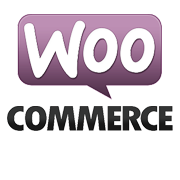How We Started A $13K/Month Hot Sauce Online Store And Subscription Service
Hello! Who are you and what business did you start?
Hello! We are James and Erika and we run Flaming Licks. Flaming Licks is a hot sauce subscription club and chili shop based in Dorset in the UK. We send out monthly boxes containing curated hot sauces and spicy products to chili lovers around the world. Most of our members are people who love to add a spicy kick to their meals. They range from those who use hot sauce sometimes to the full-blown chili addicts.
We have finished 2019 with around 500 active members and plan to grow to 1000 members by the end of next year.

What's your backstory and how did you come up with the idea?
Our journey started back in 2014 when James decided to make his own piri-piri sauce to gift to friends and family members as a Christmas present. His sauce didn’t quite go...

Download the report and join our email newsletter packed with business ideas and money-making opportunities, backed by real-life case studies.

Download the report and join our email newsletter packed with business ideas and money-making opportunities, backed by real-life case studies.

Download the report and join our email newsletter packed with business ideas and money-making opportunities, backed by real-life case studies.

Download the report and join our email newsletter packed with business ideas and money-making opportunities, backed by real-life case studies.

Download the report and join our email newsletter packed with business ideas and money-making opportunities, backed by real-life case studies.

Download the report and join our email newsletter packed with business ideas and money-making opportunities, backed by real-life case studies.

Download the report and join our email newsletter packed with business ideas and money-making opportunities, backed by real-life case studies.

Download the report and join our email newsletter packed with business ideas and money-making opportunities, backed by real-life case studies.









































